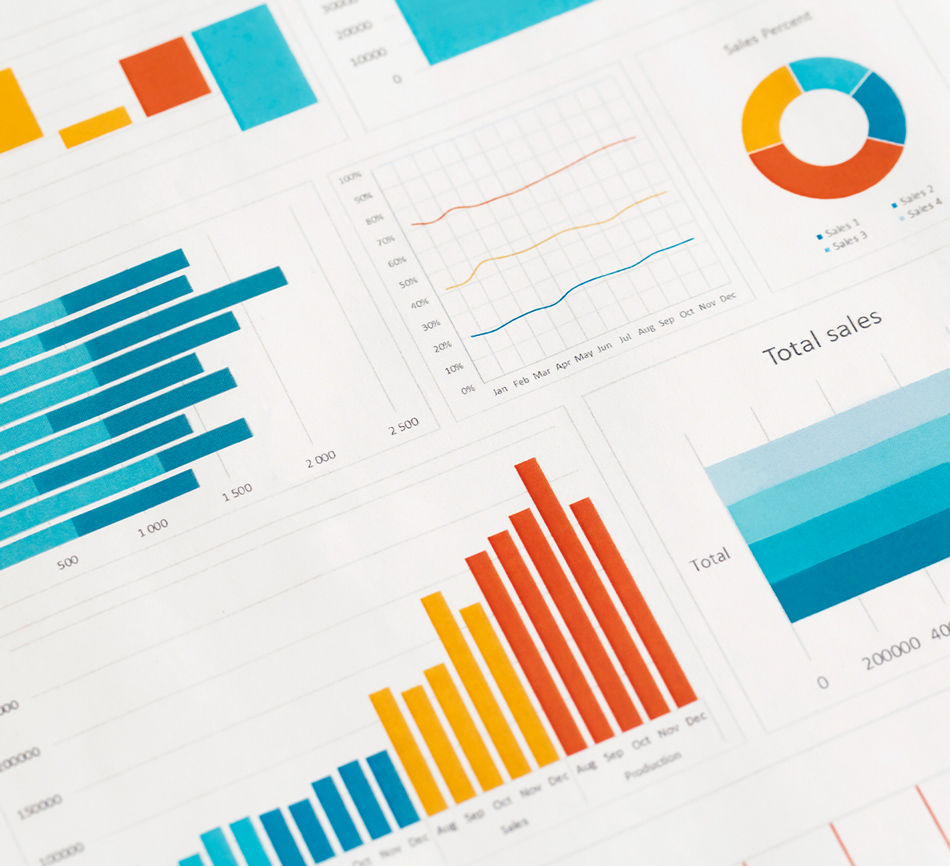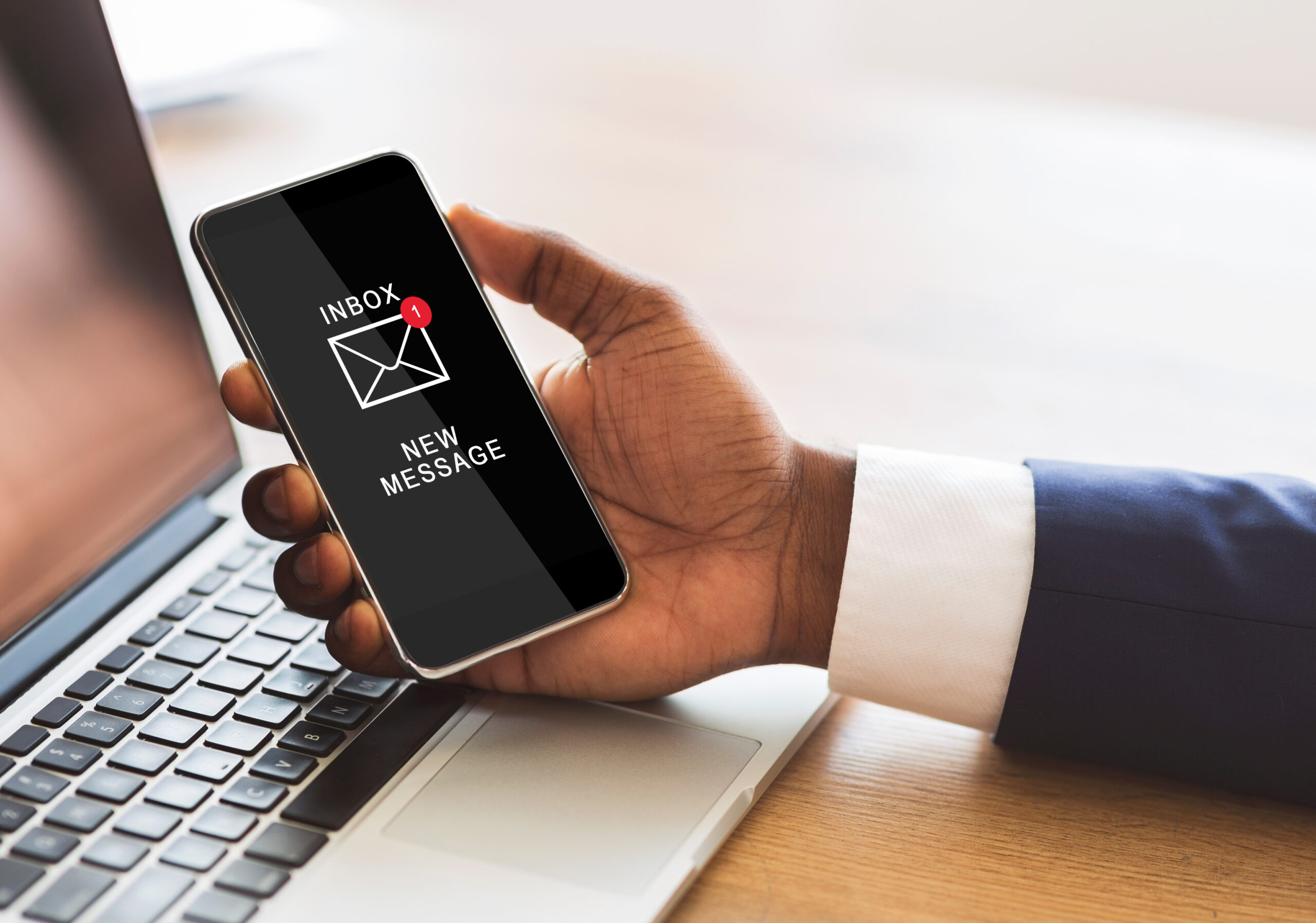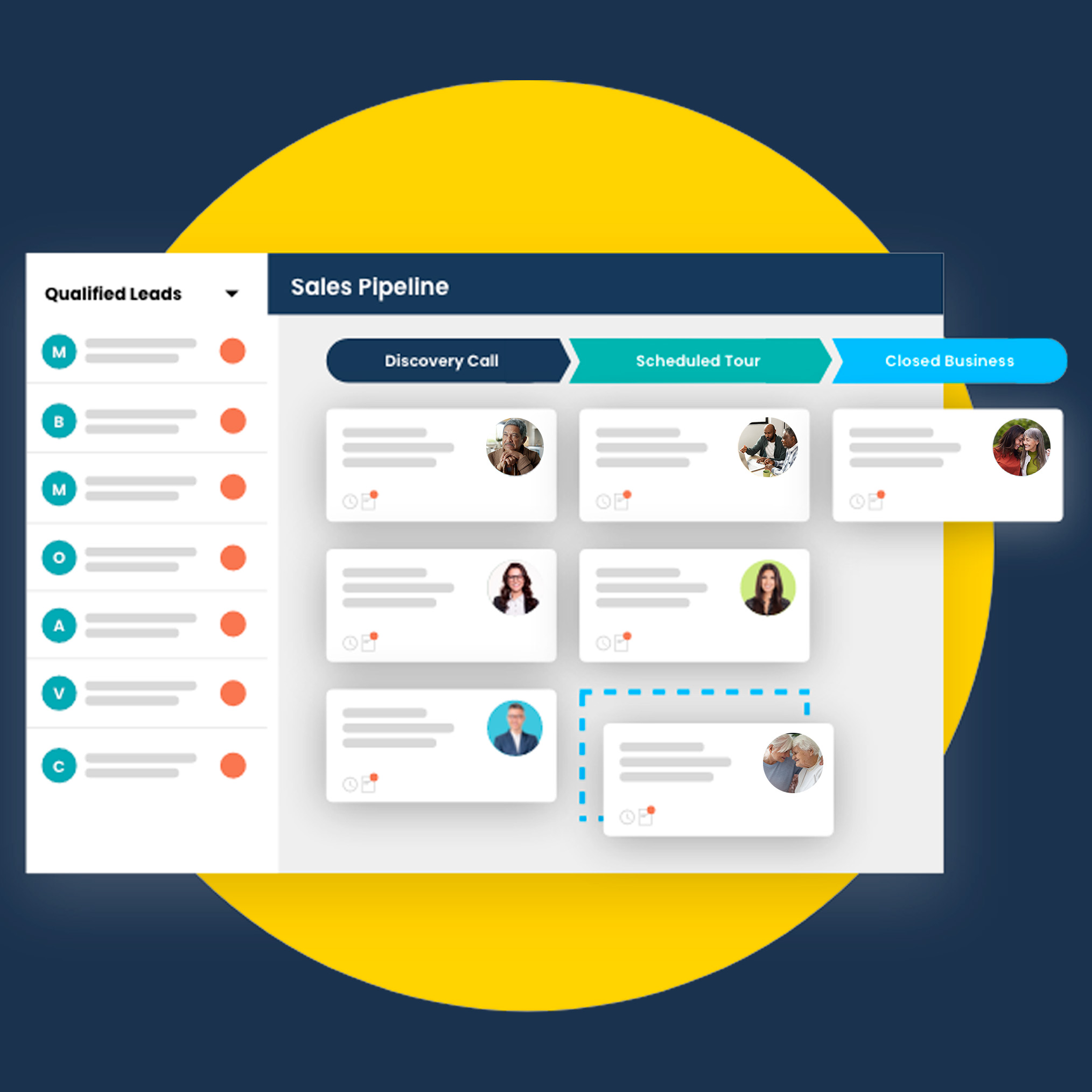In today’s competitive B2B environment, a well-executed Google Ads campaign can transform your business strategy. It offers immediate visibility for companies searching for solutions that enhance their operations. Yet many B2B marketers struggle with common issues:
- Overspending on irrelevant clicks
- Inefficient targeting that attracts low-quality prospects
- Missing out on opportunities due to poor follow-up processes
Achieving success with Google Ads in the B2B space isn’t about spending more—it’s about spending smarter. Here’s a comprehensive guide to help you drive real business growth through intelligent Google Ads management.
Define Success Beyond Clicks
Many businesses mistakenly focus solely on accumulating clicks rather than converting them into tangible results. A mere click doesn’t equate to a qualified lead or a sale.
How to Improve:
- Establish “Conversions” as your primary campaign objective rather than clicks alone.
- Monitor outcomes that truly matter, such as:
- Phone inquiries generated through ads
- Form submissions for consultations or demos
- Registrations for webinars or product demonstrations
Key Insight: Transition your focus from mere traffic numbers to actual business outcomes.
Sharpen Your Audience Focus
Ensuring your ads reach the right decision-makers is critical. Broad or poorly targeted campaigns often result in wasted budgets and missed opportunities.
How to Improve:
- Concentrate on high-intent keywords, such as “top B2B lead generation software” or “best CRM for small businesses.”
- Utilize negative keywords to exclude irrelevant searches, like “free,” “cheap,” or “DIY.”
- Fine-tune your audience by targeting:
- Specific industry sectors and company sizes
- Key decision-makers such as CEOs, CMOs, or Marketing Directors
- Geographic regions where your services have the greatest impact
Key Insight: Precise targeting ensures that every ad impression has the potential to reach a qualified prospect.
Compose Persuasive Ad Copy
Generic or bland ad copy blends into the noise and fails to capture attention. Your messaging should stand out and speak directly to the challenges faced by your target audience.
How to Improve:
- Address specific business challenges like inefficiency, high operational costs, or the need for scalable solutions.
- Employ compelling language that creates urgency without sounding overly aggressive.
- For example:
Ineffective Copy:
“Enterprise Software Solutions | Call Today”
Effective Copy:
“Struggling with Inefficient Processes? Discover How Our Solutions Can Streamline Your Operations. Call Today.” - Emphasize benefits rather than just listing features, such as:
- “Streamline workflows with advanced analytics”
- “Boost efficiency with industry-leading solutions designed for measurable results”
Key Insight: Continuously test different messaging to determine what resonates best with your audience.
Convert Traffic with Optimized Landing Pages
An impactful ad is only as good as the landing page it directs to. Without a conversion-optimized landing page, even the best ads can fall flat.
How to Improve:
- Develop dedicated landing pages specifically designed for your PPC campaigns instead of relying on your general website homepage.
- Ensure your landing page includes:
- A clear and compelling call-to-action (e.g., “Schedule a Free Consultation” or “Request a Demo”)
- A concise, user-friendly form to capture essential details (name, email, phone, company)
- Authentic testimonials or case studies to build trust
- A mobile-responsive design to accommodate users on all devices
Key Insight: Minor enhancements like reducing form fields and speeding up load times can lead to significant improvements in conversion rates.
Refine Your Bidding Approach
Inefficient bidding strategies can inflate your costs without delivering proportional results. Optimizing bids is crucial to achieving cost-effective conversions.
How to Improve:
- Leverage Smart Bidding to allow Google to automatically adjust bids for optimal conversion performance.
- Increase bids during peak business hours or for segments that show high conversion rates.
- Decrease bids during off-peak times when the likelihood of conversion is lower.
Key Insight: A well-calibrated bidding strategy can lower costs while maximizing your overall return on investment.
Reconnect with Prospective Clients
Most potential clients do not convert on their initial visit. Establishing a follow-up mechanism is vital to nurturing these leads and staying ahead of the competition.
How to Improve:
- Implement retargeting campaigns using Google Display Ads and consider platforms like LinkedIn for further reach.
- Offer valuable incentives such as a downloadable industry report or a free demo to re-engage visitors.
Key Insight: Retargeting is a cost-effective way to maintain brand awareness and boost conversion rates by re-engaging previous website visitors.
Your Roadmap to B2B Google Ads Mastery
The blueprint for success in B2B Google Ads lies in a strategic approach rather than increased spending. By adopting these smart practices, you can transform your ad campaigns into powerful tools for business growth:
- Focus on meaningful conversions instead of mere clicks
- Target high-intent prospects and filter out non-relevant traffic
- Craft ad copy that addresses real business challenges
- Direct traffic to optimized landing pages designed for conversion
- Utilize automated bidding strategies to manage costs
- Reconnect with potential clients through effective retargeting
The result is a leaner ad spend, a higher volume of quality leads, and ultimately, more sales opportunities.
By rethinking your approach to Google Ads, you can achieve remarkable outcomes in the B2B arena—maximizing your advertising budget and driving substantial business growth.










